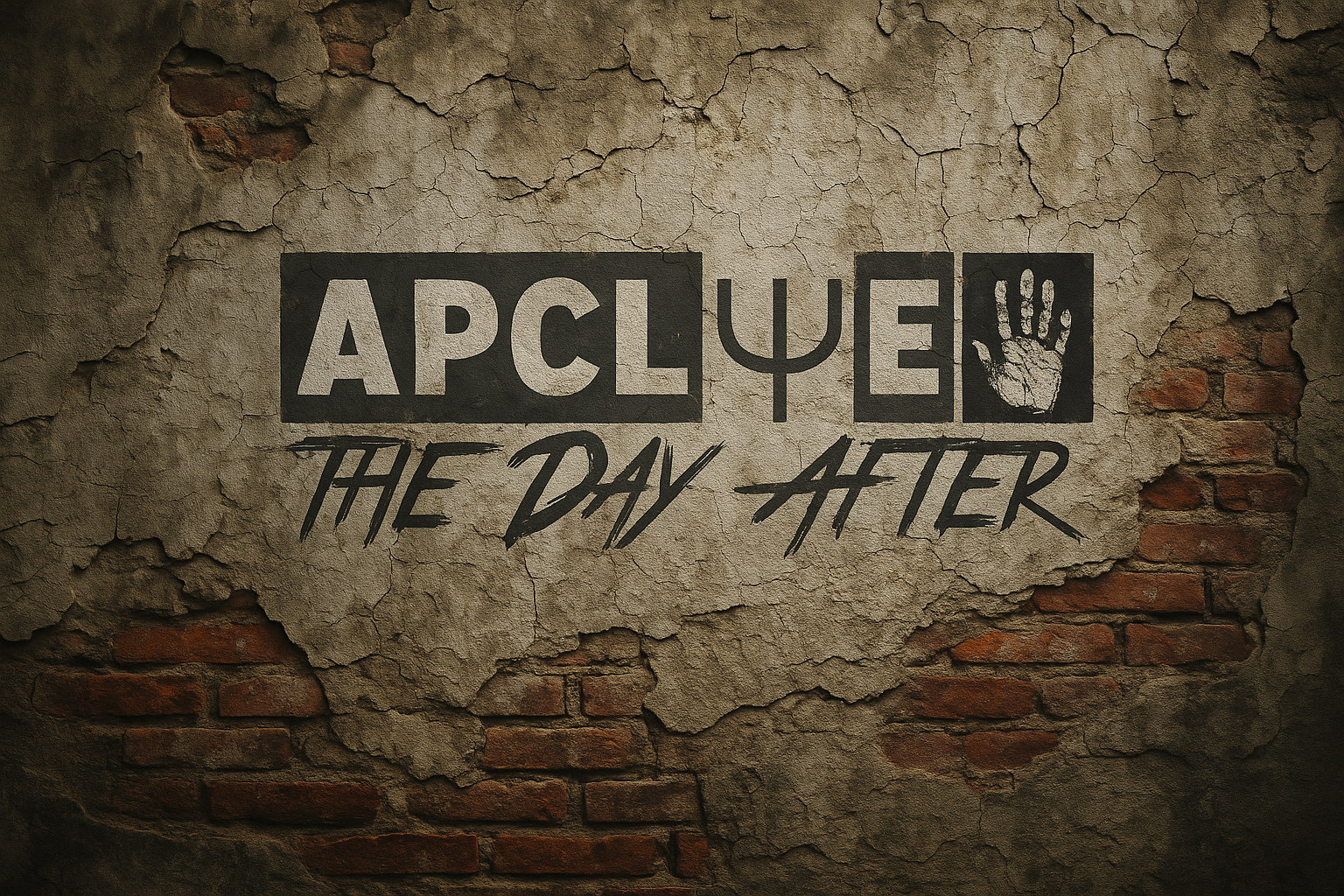🗡️ Blades in the Shadows: Knife Crime, Survival Odds & the Real Limits of Cut-Resistant Clothing
“Cut resistance isn’t invincibility. It’s a delay—measured in seconds, not certainty.”
In the silence between footsteps, danger waits. Knife crime isn’t cinematic—it’s sudden, intimate, and often fatal. Across cities worldwide, blades have become the weapon of choice for fast, close-range violence. And while tactical gear promises protection, survival demands more than fabric. It demands clarity, preparation, and brutal honesty.
🌍 Knife Crime Statistics 2024: A Global Wake-Up Call
| Country | Deaths | Knife Attacks |
|---|---|---|
| USA | 1,700 | 200,000 |
| Canada | 240 | N/A |
| Brazil | 9,000 | N/A |
| UK | 260 | 50,000 |
| France | 220 | 10,400 |
| Germany | 150 | 29,000 |
Source: APCLPSE® Knife Attack Statistics 2024
🧠 The Psychology of Survival
- Fight / Flight / Freeze: Your response is shaped by prior exposure, training, and mental conditioning.
- False Confidence: Wearing protective gear without tactical understanding can lead to riskier behavior.
- Survival Reality: In most knife attacks, the first strike decides everything. Gear helps—but mindset saves.
🧪 Real Scenario: Can Cut-Resistant Gear Save You?
Scenario: A sudden, backhanded knife attack aimed at the throat—targeting the carotid artery or larynx. The victim wears a cut-resistant neck guard made from HPPE.
- Lateral slashes may be deflected or absorbed.
- Direct stabbing force can still penetrate, depending on blade and angle.
- HPPE may buy seconds—enough to escape or counter.
Scientific studies show cut-resistant clothing can reduce injury severity by up to 60–70%, but survival odds in a stabbing scenario remain highly variable depending on angle, force, and location of impact.
🧥 Cut-Resistant Clothing: What It Can (and Can’t) Do
- ✅ Strengths: Surface cut resistance, abrasion protection, industrial-grade safety.
- ❌ Limitations: Not stab-proof, may create false sense of security, cannot replace awareness.
🧬 HPPE: The Fiber Behind the Shield
| Property | HPPE Performance |
|---|---|
| Tensile Strength | ~3.8–3.9 N/tex |
| Abrasion Resistance | Excellent |
| UV & Moisture | Resistant |
| Heat Resistance | Poor (~220°F) |
| Comfort & Flexibility | High |
Cut Levels: What “Resistance” Really Means
Cut-resistant gear is rated by how much blade force it can withstand before failing. According to the ANSI/ISEA 105-2016 standard:
| Cut Level | Blade Force Required | Real-World Meaning |
|---|---|---|
| A4 | 1500–2199 grams | Moderate protection against slashes and sharp edges |
| A5 | 2200–2999 grams | High resistance—can delay penetration from aggressive cuts |
These numbers don’t guarantee survival. They represent delay, not defense. HPPE can absorb lateral slashes and reduce injury severity—but direct stabbing force, especially to vital areas, can still penetrate.
Cut resistance isn’t invincibility. It’s a delay—measured in seconds, not certainty.
⚠️ Final Word: Gear Is Not a Guarantee
Survival is not stitched into fabric. It’s built through awareness, preparation, and clarity. Tactical clothing is a tool—not a shield of invincibility. APCLPSE® stands for resilience, not recklessness.
“The blade is not the danger. The illusion of safety is.” — APCLPSE®
🧠 So… Should You Buy Cut-Resistant Gear?
Yes. Because in a real knife attack, seconds matter.
Cut-resistant clothing won’t make you invincible—but it can buy you time, reduce injury, and give you a chance to escape from a life-threatening situation.
> “Protection isn’t about being untouchable. It’s about buying time to move, to think, to live.”
That’s why APCLPSE® exists. Not to sell illusions—but to offer tools that tilt the odds in your favor.


🛡️ Explore the APCLPSE® Anti-Cut Collection
Shop the Anti-Cut Hoodie Series | Learn more about our neck guards


0 comments